Imagine you are scrolling through your Facebook feed, and you see a post from a friend who shares a news article about a political scandal. You click on the link, and you are taken to a website that claims to expose the truth about the corruption and lies of the government. You are shocked and outraged by what you read, and you decide to share the article with your own network of friends, family, and followers. You also leave a comment expressing your anger and frustration, and you join a group of like-minded people who are calling for action and change.
But what if the article you read was not true?
What if it was part of a coordinated campaign to spread misinformation and influence your opinions and behaviours? What if the website you visited was funded by a foreign adversary or a malicious actor who wanted to sow discord and division in your society? And what if the social media platform you used to share the article did not do anything to stop or flag the false information, or even worse, promoted it to more users through its algorithms and recommendations?
This is not a hypothetical scenario. This is happening right now, in our increasingly connected and globalized world, where social media platforms have become the dominant source of information and communication for billions of people. Social media platforms, such as Facebook, X (previously Twitter), YouTube, Instagram, Snapchat, TikTok, Threads, and others, have revolutionized the way we access, consume, and produce information. They have also given us unprecedented opportunities to connect, interact, and collaborate with people from different backgrounds, cultures, and perspectives.
However, social media platforms also have immense power and influence over our societies, our politics, and our lives. They shape what we see, what we think, what we feel, and what we do. They can amplify positive and constructive messages, such as raising awareness about social causes, mobilizing civic engagement, and fostering social movements. But they can also amplify negative and destructive messages, such as spreading hate speech, inciting violence, and undermining democracy. They can empower individuals and communities, but they can also exploit and manipulate them. They can enable freedom and diversity, but they can also enable censorship and polarization.
The role of social media platforms in our world is complex and controversial, and it raises many ethical, legal, and societal questions. How do social media platforms affect our public discourse, our political processes, and our social norms? How do they balance their commercial interests with their social responsibilities? How do they protect the rights and privacy of their users, while also ensuring the safety and security of their platforms? How do they deal with the challenges and risks of misinformation, disinformation, and malinformation? How do they foster a healthy and inclusive online environment, where diverse voices and viewpoints can coexist and thrive?
These are some of the questions that I will explore in this article, drawing on insights from various disciplines, such as social media studies, technology studies, political psychology, and global politics. I will also provide some examples of how social media platforms have played a role in some of the major events and issues of our time, such as the COVID-19 pandemic, the 2020 US presidential election, the Black Lives Matter movement, and the Myanmar coup. I will also discuss some of the potential solutions and recommendations that have been proposed by experts, policymakers, activists, and users, to address the challenges and opportunities of social media platforms in our world.
I have divided the article into four main sections:
- Section 1: The Rise and Impact of Social Media Platforms
- Section 2: The Challenges and Risks of Social Media Platforms
- Section 3: The Opportunities and Benefits of Social Media Platforms
- Section 4: The Future and Governance of Social Media Platforms
- Section 5: What Happens When Social Media Platforms Go Wrong
Let's begin!
The Rise and Impact of Social Media Platforms
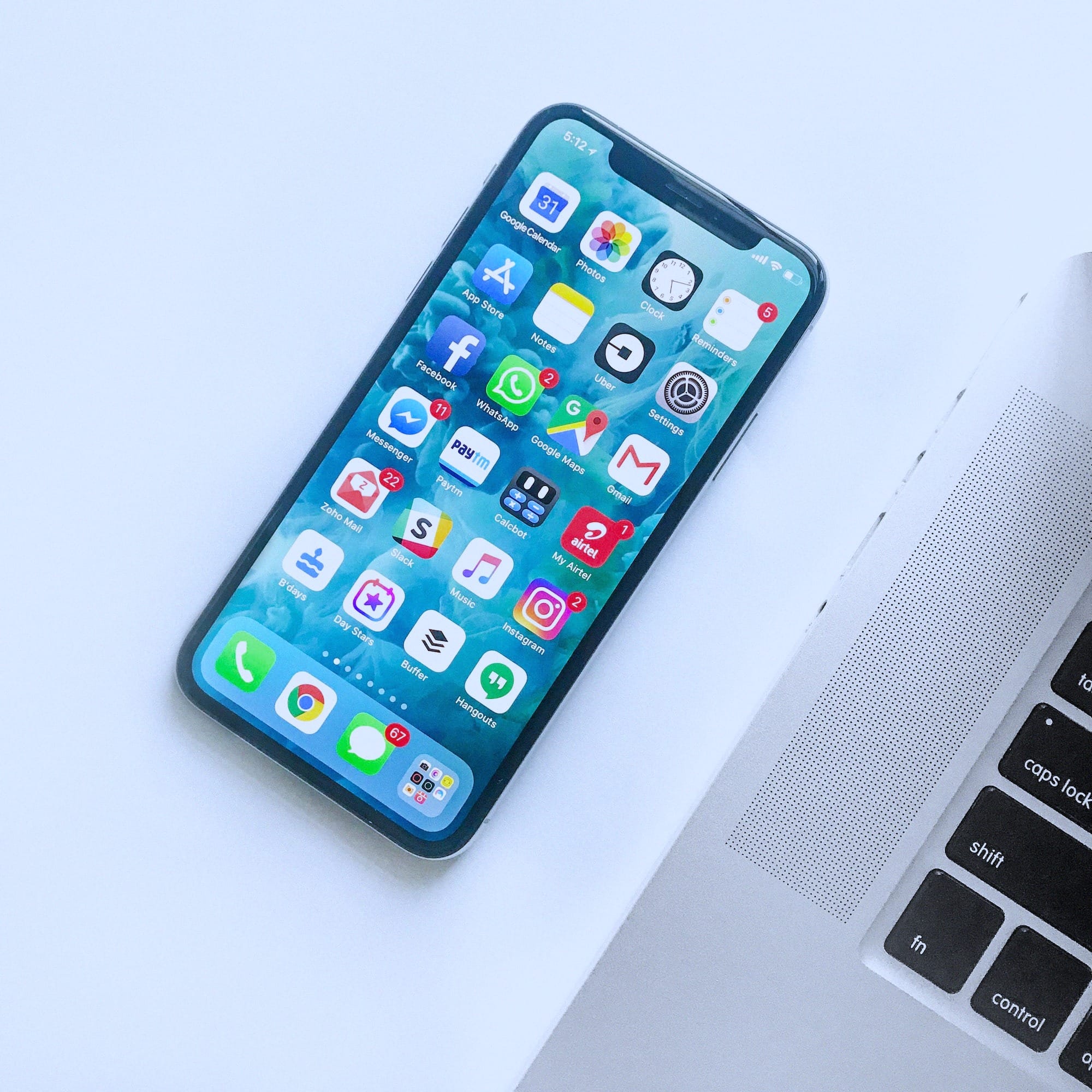
Social media platforms are online services that allow users to create and share content, such as text, images, videos, audio, and live streams, with other users across the world. Social media platforms also enable users to interact and communicate with each other, through features such as likes, comments, messages, groups, hashtags, and stories. Some of the most popular and influential social media platforms today are Facebook, X (previously Twitter), YouTube, Instagram, TikTok, and Snapchat.
Social media platforms have emerged and evolved rapidly in the past two decades, thanks to the advances in information and communication technologies, such as the internet, mobile devices, cloud computing, artificial intelligence, and big data. According to the Digital 2021 report by We Are Social and Hootsuite, there are more than 4.2 billion active social media users in the world as of January 2021, which is more than half of the global population. The average social media user spends about 2.5 hours per day on social media platforms, and accesses them through multiple devices and channels.
The rise and impact of social media platforms on our world are undeniable and profound. Social media platforms have transformed the way we access, consume, and produce information. They have also changed the way we connect, interact, and collaborate with people from different backgrounds, cultures, and perspectives. They have created new opportunities and challenges for individuals, communities, organizations, and societies.
Some of the positive impacts of social media platforms are:
- They provide access to a vast and diverse amount of information, from news and entertainment to education and health, to culture and art, and more. They also allow users to customize and personalize their information preferences and feeds, based on their interests, needs, and goals.
- They enable users to express themselves, share their opinions, experiences, and emotions, and showcase their talents, skills, and creativity. They also allow users to build and maintain their online identities, reputations, and networks, and to enhance their social capital and influence.
- They facilitate social connection, interaction, and communication, among users who share common interests, values, and causes. They also foster social support, solidarity, and belonging, among users who face similar challenges, problems, and opportunities.
- They stimulate social engagement, participation, and mobilization, among users who want to raise awareness, advocate, and act on various social, political, and environmental issues. They also empower social movements, campaigns, and initiatives, that aim to bring about positive and constructive change in the world.
However, social media platforms also have some negative impacts, such as:
- They expose users to a large and complex amount of information, which can be overwhelming, confusing, and misleading. They also create information bubbles and echo chambers, where users only see and hear information that confirms their existing beliefs, biases, and preferences, and ignore or reject information that challenges or contradicts them.
- They influence users’ opinions, behaviours, and decisions, through various mechanisms, such as algorithms, recommendations, notifications, and advertisements. They also manipulate users’ emotions, attention, and engagement, through various techniques, such as gamification, rewards, and feedback loops.
- They generate social comparison, competition, and pressure, among users who seek validation, recognition, and popularity, through metrics, such as likes, followers, views, and comments. They also create social isolation, alienation, and loneliness, among users who feel excluded, rejected, or ignored, by their online peers or communities.
- They amplify social conflict, polarization, and extremism, among users who engage in heated debates, arguments, and attacks, over various social, political, and environmental issues. They also enable social harm, violence, and abuse, among users who spread hate speech, incitement, and harassment, against other users or groups, based on their identity, ideology, or affiliation.
The Challenges and Risks of Social Media Platforms
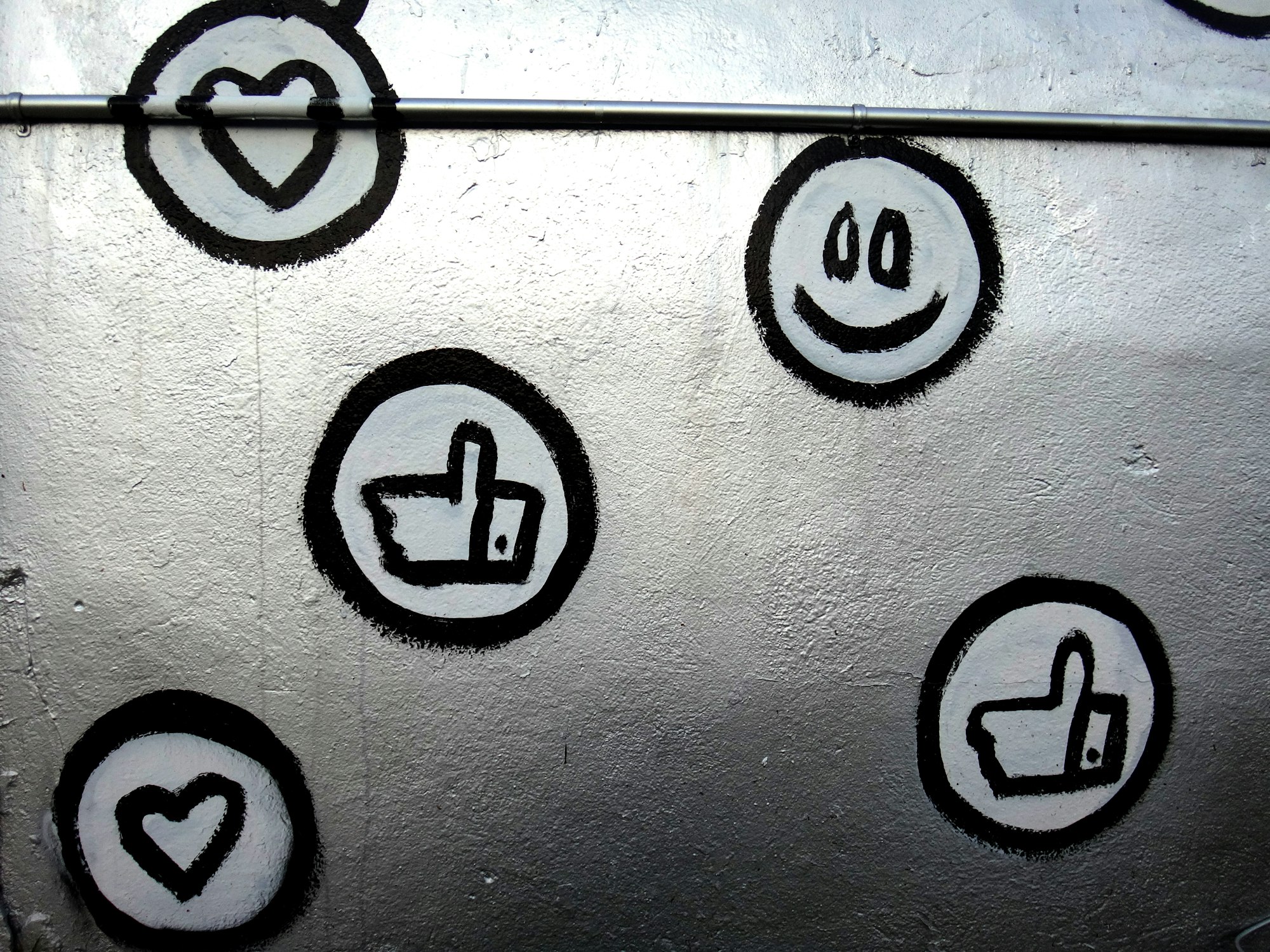
Social media platforms, as we have seen in the previous section, have many positive impacts on our world, but they also pose many challenges and risks, both for their users and for the societies they operate in. In this section, I will explore some of the most pressing and problematic issues that social media platforms face, and how they affect our information, our communication, and our democracy.
One of the main challenges and risks of social media platforms is the proliferation and propagation of misinformation, disinformation, and malinformation. These terms refer to different types of false, inaccurate, or misleading information, that are created and circulated for various purposes and motives, such as deception, manipulation, confusion, entertainment, or profit.
- Misinformation is information that is false or inaccurate, but not intentionally so. It can be the result of honest mistakes, misunderstandings, or poor research. For example, a user might share a news article that contains factual errors, without knowing or verifying its validity.
- Disinformation is information that is false or inaccurate, and intentionally so. It can be the result of malicious intentions, such as propaganda, sabotage, or fraud. For example, a user might create and share a fake news article that contains fabricated or distorted facts, with the aim of influencing or harming others.
- Malinformation is information that is true or accurate, but used or shared in a harmful or unethical way. It can be the result of personal agendas, such as revenge, blackmail, or harassment. For example, a user might leak and share a private or sensitive information that belongs to someone else, without their consent or knowledge.
Misinformation, disinformation, and malinformation can have serious and negative consequences for individuals, communities, and societies, such as:
- They can erode trust and credibility in the sources and providers of information, such as journalists, experts, institutions, and platforms. They can also undermine the quality and reliability of the information itself, making it harder for users to distinguish between fact and fiction, and to make informed and rational decisions.
- They can affect users’ opinions, beliefs, and attitudes, by influencing their cognitive and emotional processes, such as perception, memory, reasoning, and emotion. They can also affect users’ behaviours and actions, by influencing their motivations and intentions, such as voting, protesting, or buying.
- They can create and exacerbate social divisions, conflicts, and tensions, by polarizing and radicalizing users’ views and values, and by fueling and provoking users’ emotions and reactions, such as anger, fear, or hatred. They can also threaten and endanger users’ rights and freedoms, by violating and exploiting their privacy and security, and by exposing and targeting them to online and offline harm and abuse.
Another challenge and risk of social media platforms is the lack and imbalance of regulation and accountability, both within and across the platforms and the societies they operate in. Regulation and accountability refer to the rules and norms that govern and guide the behaviour and performance of the actors and entities involved in the production and consumption of information, such as users, creators, platforms, governments, and civil society.
Regulation and accountability can be achieved through various mechanisms, such as laws, policies, standards, codes, audits, reviews, and sanctions. They can also be applied at different levels, such as self-regulation, co-regulation, or state regulation. The main goals and benefits of regulation and accountability are:
- They can protect and promote the rights and interests of the users and the public, such as freedom of expression, access to information, privacy, and security. They can also prevent and address the harms and abuses that might arise from the misuse or abuse of information, such as hate speech, incitement, or harassment.
- They can ensure and improve the quality and responsibility of the platforms and the creators, such as transparency, accuracy, diversity, and ethics. They can also encourage and reward the good practices and behaviours that might contribute to the positive and constructive use of information, such as fact-checking, verification, or moderation.
- They can foster and enhance the cooperation and coordination among the stakeholders and the sectors, such as users, creators, platforms, governments, and civil society. They can also facilitate and support the dialogue and deliberation among the different perspectives and viewpoints, such as experts, activists, or users.
However, regulation and accountability of social media platforms are often lacking and imbalanced, due to various factors and challenges, such as:
- They are difficult and complex to define and implement, given the diversity and dynamism of the platforms, the creators, the users, and the information. They are also subject to different interpretations and applications, depending on the context and the culture, such as legal, political, or social.
- They are contested and controversial, given the conflicts and trade-offs that might arise between the different rights and interests, such as freedom and security, privacy and transparency, or quality and quantity. They are also influenced and affected by the power and interests of the actors and entities involved, such as platforms, governments, or users.
- They are insufficient and inconsistent, given the gaps and loopholes that might exist in the existing laws, policies, and standards, or the lack thereof. They are also challenged and undermined by the evasion and resistance that might occur from the platforms, the creators, or the users, who might not comply or cooperate with the rules and norms.
The Opportunities and Benefits of Social Media Platforms
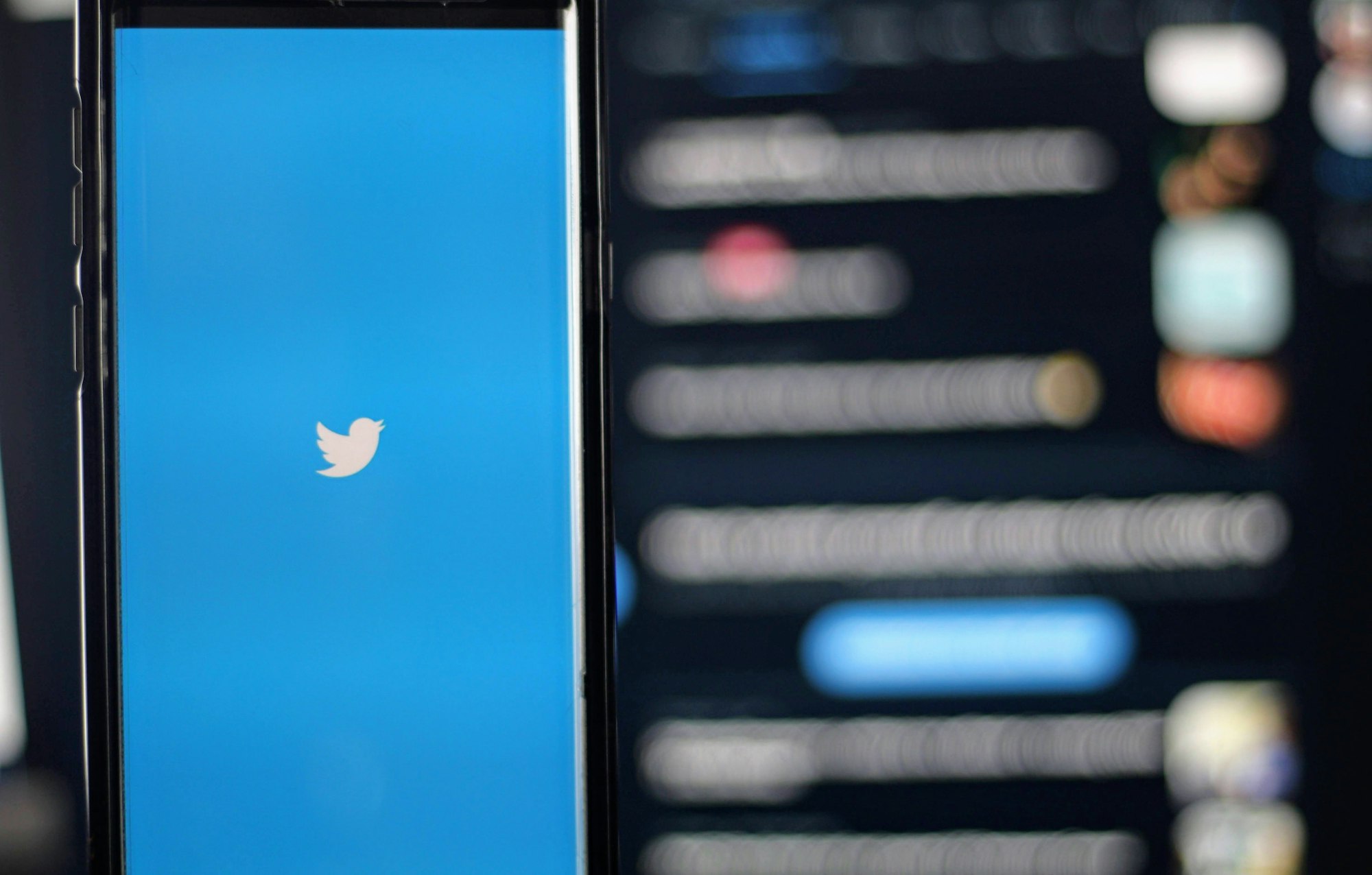
Social media platforms, as I have illustrated in the previous sections, have many challenges and risks in our world, but they also offer many opportunities and benefits, both for their users and for the societies they operate in. In this section, I will explore some of the most promising and positive aspects of social media platforms, and how they can enhance our information, our communication, and our democracy.
One of the main opportunities and benefits of social media platforms is the democratization and diversification of information, which refers to the process of making information more accessible, inclusive, and representative, for a wider and more diverse range of users, creators, and perspectives. Social media platforms can enable and facilitate this process, through various features and functions, such as:
- They can lower the barriers and costs of entry and participation, for users and creators who want to access, consume, and produce information, by providing them with easy-to-use and affordable tools, platforms, and channels. They can also increase the reach and impact of the information, by allowing it to be distributed and disseminated to a larger and broader audience, across different platforms, devices, and networks.
- They can increase the diversity and variety of the information, by allowing users and creators to express and explore different types of content, formats, genres, and styles, such as text, images, videos, audio, and live streams, as well as news, entertainment, education, health, culture, art, and more. They can also increase the diversity and plurality of the perspectives and viewpoints, by allowing users and creators to represent and reflect different backgrounds, cultures, identities, ideologies, and affiliations, as well as to challenge and question the dominant or mainstream narratives and discourses.
- They can enhance the quality and value of the information, by allowing users and creators to access and leverage different sources and resources of information, such as data, facts, evidence, opinions, experiences, and emotions. They can also enhance the quality and responsibility of the information, by allowing users and creators to engage and collaborate with each other, through features such as feedback, comments, ratings, reviews, and endorsements, as well as to monitor and evaluate the information, through features such as verification, fact-checking, moderation, and reporting.
Democratization and diversification of information can have positive and beneficial consequences for individuals, communities, and societies, such as:
- They can improve the knowledge and awareness of the users and the public, by providing them with more and better information, that can help them understand and learn about various topics, issues, and phenomena, that affect their lives and their world. They can also improve the skills and competencies of the users and the public, by providing them with more and better opportunities, to develop and enhance their abilities and capacities, such as literacy, numeracy, creativity, and critical thinking.
- They can empower the voice and agency of the users and the creators, by providing them with more and better platforms, to express and communicate their opinions, experiences, and emotions, and to showcase and share their talents, skills, and creativity. They can also empower the influence and impact of the users and the creators, by providing them with more and better channels, to reach and engage with their audiences, peers, and communities, and to build and maintain their online identities, reputations, and networks.
- They can foster the diversity and inclusion of the users and the creators, by providing them with more and better representation and recognition, of their backgrounds, cultures, identities, ideologies, and affiliations, and by respecting and celebrating their differences and similarities. They can also foster the dialogue and deliberation of the users and the creators, by providing them with more and better spaces and opportunities, to interact and communicate with people from different backgrounds, cultures, and perspectives, and to exchange and learn from their views and values.
Another opportunity and benefit of social media platforms is the innovation and transformation of communication, which refers to the process of creating and applying new and better ways of exchanging and sharing information, ideas, and emotions, among individuals, groups, and organizations. Social media platforms can enable and facilitate this process, through various features and functions, such as:
- They can enhance the speed and efficiency of communication, by allowing users and creators to communicate and share information, in real-time or near-real-time, and in synchronous or asynchronous modes, depending on their preferences and needs. They can also enhance the convenience and flexibility of communication, by allowing users and creators to communicate and share information, across different platforms, devices, and networks, depending on their availability and accessibility.
- They can enrich the interactivity and engagement of communication, by allowing users and creators to communicate and share information, in more dynamic and interactive ways, such as through multimedia, multimodal, and multilingual content, as well as through features such as likes, comments, messages, groups, hashtags, and stories. They can also enrich the emotionality and intimacy of communication, by allowing users and creators to communicate and share information, in more expressive and personal ways, such as through emojis, stickers, gifs, filters, and live streams, as well as through features such as voice, video, and face-to-face calls.
- They can expand the scope and scale of communication, by allowing users and creators to communicate and share information, with more and different people, such as friends, family, colleagues, acquaintances, strangers, celebrities, influencers, and experts. They can also expand the context and purpose of communication, by allowing users and creators to communicate and share information, for more and different reasons, such as socializing, networking, learning, working, entertaining, or influencing.
Innovation and transformation of communication can have positive and beneficial consequences for individuals, groups, and organizations, such as:
- They can improve the relationship and collaboration of the users and the creators, by providing them with more and better ways, to connect, interact, and communicate with each other, and to build and maintain their social bonds and ties. They can also improve the productivity and performance of the users and the creators, by providing them with more and better ways, to coordinate, cooperate, and work with each other, and to achieve their goals and objectives.
- They can enhance the satisfaction and enjoyment of the users and the creators, by providing them with more and better ways, to express and share their opinions, experiences, and emotions, and to receive and provide feedback, support, and recognition. They can also enhance the well-being and happiness of the users and the creators, by providing them with more and better ways, to cope and deal with their challenges, problems, and opportunities, and to fulfill their needs and desires.
- They can foster the innovation and creativity of the users and the creators, by providing them with more and better ways, to explore and experiment with different types of content, formats, genres, and styles, and to discover and learn from different sources and resources of information. They can also foster the transformation and change of the users and the creators, by providing them with more and better ways, to adapt and respond to the changing and evolving environment and circumstances, and to create and apply new and better solutions and alternatives.
The Future and Governance of Social Media Platforms
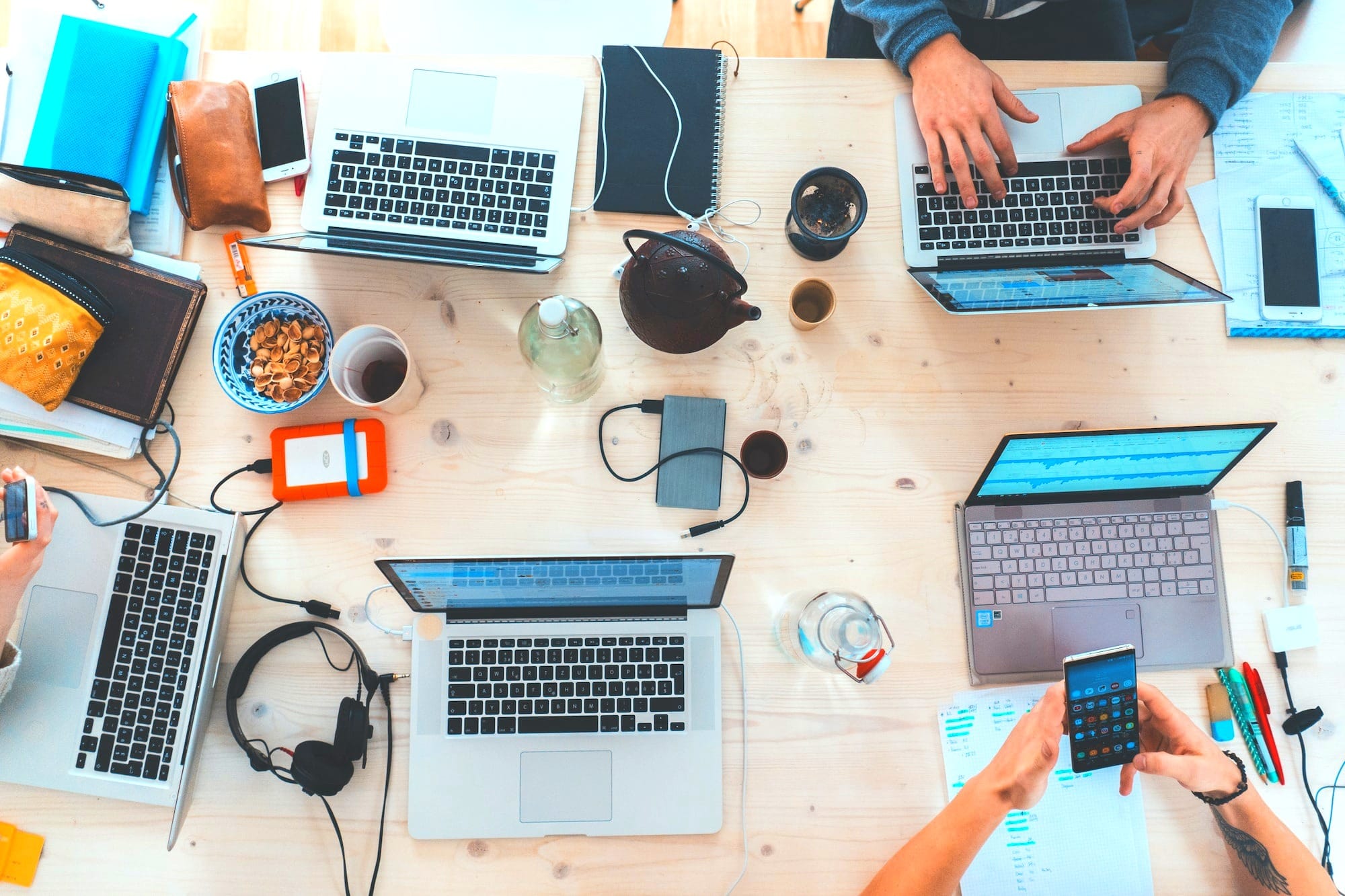
Social media platforms, as I have alluded to in the previous sections, have a significant and complex role in our world, and they pose many opportunities and challenges, both for their users and for the societies they operate in. In this section, I will explore some of the possible scenarios and trends that might shape the future of social media platforms, and some of the potential solutions and recommendations that might improve the governance and regulation of social media platforms, in order to maximize their benefits and minimize their risks.
One of the possible scenarios and trends that might shape the future of social media platforms is the convergence and integration of information, communication, and technology, which refers to the process of combining and connecting different types of content, formats, genres, and styles, as well as different platforms, devices, and networks, into a more seamless and unified experience, for users and creators. Social media platforms can enable and facilitate this process, through various features and functions, such as:
- They can create and offer more immersive and interactive content, such as virtual reality, augmented reality, mixed reality, and holograms, that can enhance the realism and engagement of the information, and create new and novel experiences and sensations, for users and creators.
- They can develop and adopt more intelligent and adaptive technologies, such as artificial intelligence, machine learning, natural language processing, and computer vision, that can enhance the functionality and performance of the platforms, and create new and better services and solutions, for users and creators.
- They can integrate and collaborate with more and different platforms, devices, and networks, such as the internet of things, smart devices, wearable devices, and blockchain, that can enhance the connectivity and interoperability of the platforms, and create new and broader opportunities and possibilities, for users and creators.
Convergence and integration of information, communication, and technology can have positive and beneficial consequences for individuals, groups, and organizations, such as:
- They can improve the quality and diversity of the information, by providing users and creators with more and better content, formats, genres, and styles, that can suit their preferences and needs, and that can enrich and expand their knowledge and awareness, as well as their skills and competencies.
- They can improve the relationship and collaboration of the users and the creators, by providing them with more and better ways to connect, interact, and communicate with each other, and to build and maintain their social bonds and ties, as well as their productivity and performance.
- They can improve the satisfaction and enjoyment of the users and the creators, by providing them with more and better ways to express and share their opinions, experiences, and emotions, and to receive and provide feedback, support, and recognition, as well as their well-being and happiness.
However, convergence and integration of information, communication, and technology can also have negative and harmful consequences, such as:
- They can increase the complexity and vulnerability of the information, by creating and exposing users and creators to more and different types of information, that can be overwhelming, confusing, and misleading, and that can also be subject to different types of threats and attacks, such as hacking, phishing, or spoofing.
- They can increase the dependency and addiction of the users and the creators, by creating and reinforcing users and creators’ attachment and reliance on the platforms, devices, and networks, and by influencing and manipulating their emotions, attention, and engagement, through various techniques, such as gamification, rewards, and feedback loops.
- They can increase the inequality and exclusion of the users and the creators, by creating and widening the gaps and disparities between the users and creators who have access and ability to use and benefit from the platforms, devices, and networks, and those who do not, due to various factors, such as income, education, location, or disability.
Another possible scenario and trend that might shape the future of social media platforms is the participation and empowerment of users and creators, which refers to the process of involving and engaging users and creators more actively and effectively in the production and consumption of information, as well as in the governance and regulation of the platforms. Social media platforms can enable and facilitate this process, through various features and functions, such as:
- They can provide and support more user-generated and user-curated content, such as blogs, podcasts, vlogs, and wikis, that can allow users and creators to create and share their own information, based on their interests, needs, and goals, and to contribute and add value to the existing information, based on their expertise, experience, and perspective.
- They can provide and support more user-led and user-driven initiatives, such as crowdfunding, crowdsourcing, and crowdvoting, that can allow users and creators to raise and allocate funds, resources, and support, for their own projects, causes, and ideas, and to participate and influence the decision-making and policy-making processes, of the platforms, the creators, or the governments.
- They can provide and support more user-oriented and user-responsive services and solutions, such as personalization, customization, and recommendation, that can allow users and creators to tailor and optimize their information preferences and feeds, based on their interests, needs, and goals, and to receive and provide feedback, suggestions, and advice, from the platforms, the creators, or other users.
Participation and empowerment of users and creators can have positive and beneficial consequences for individuals, groups, and organizations, such as:
- They can improve the quality and responsibility of the information, by providing users and creators with more and better opportunities and incentives, to create and share high-quality and reliable information, and to monitor and evaluate the information, through features such as verification, fact-checking, moderation, and reporting.
- They can improve the voice and agency of the users and the creators, by providing them with more and better platforms and channels, to express and communicate their opinions, experiences, and emotions, and to showcase and share their talents, skills, and creativity, as well as their influence and impact.
- They can improve the diversity and inclusion of the users and the creators, by providing them with more and better representation and recognition, of their backgrounds, cultures, identities, ideologies, and affiliations, and by respecting and celebrating their differences and similarities, as well as their dialogue and deliberation.
However, participation and empowerment of users and creators can also have negative and harmful consequences, such as:
- They can increase the pressure and competition of the users and the creators, by creating and reinforcing users and creators’ expectations and demands, for more and better information, platforms, and services, and by creating and exacerbating social comparison, competition, and pressure, among users and creators, who seek validation, recognition, and popularity, through metrics, such as likes, followers, views, and comments.
- They can increase the conflict and polarization of the users and the creators, by creating and amplifying social divisions, conflicts, and tensions, among users and creators who have different or opposing views and values, and by fueling and provoking users and creators’ emotions and reactions, such as anger, fear, or hatred.
- They can increase the harm and abuse of the users and the creators, by creating and exposing users and creators to more and different types of harm and abuse, that might arise from the misuse or abuse of information, such as hate speech, incitement, or harassment, and by violating and exploiting users and creators’ rights and interests, such as privacy, security, or property.
What Happens When Social Media Platforms Go Wrong
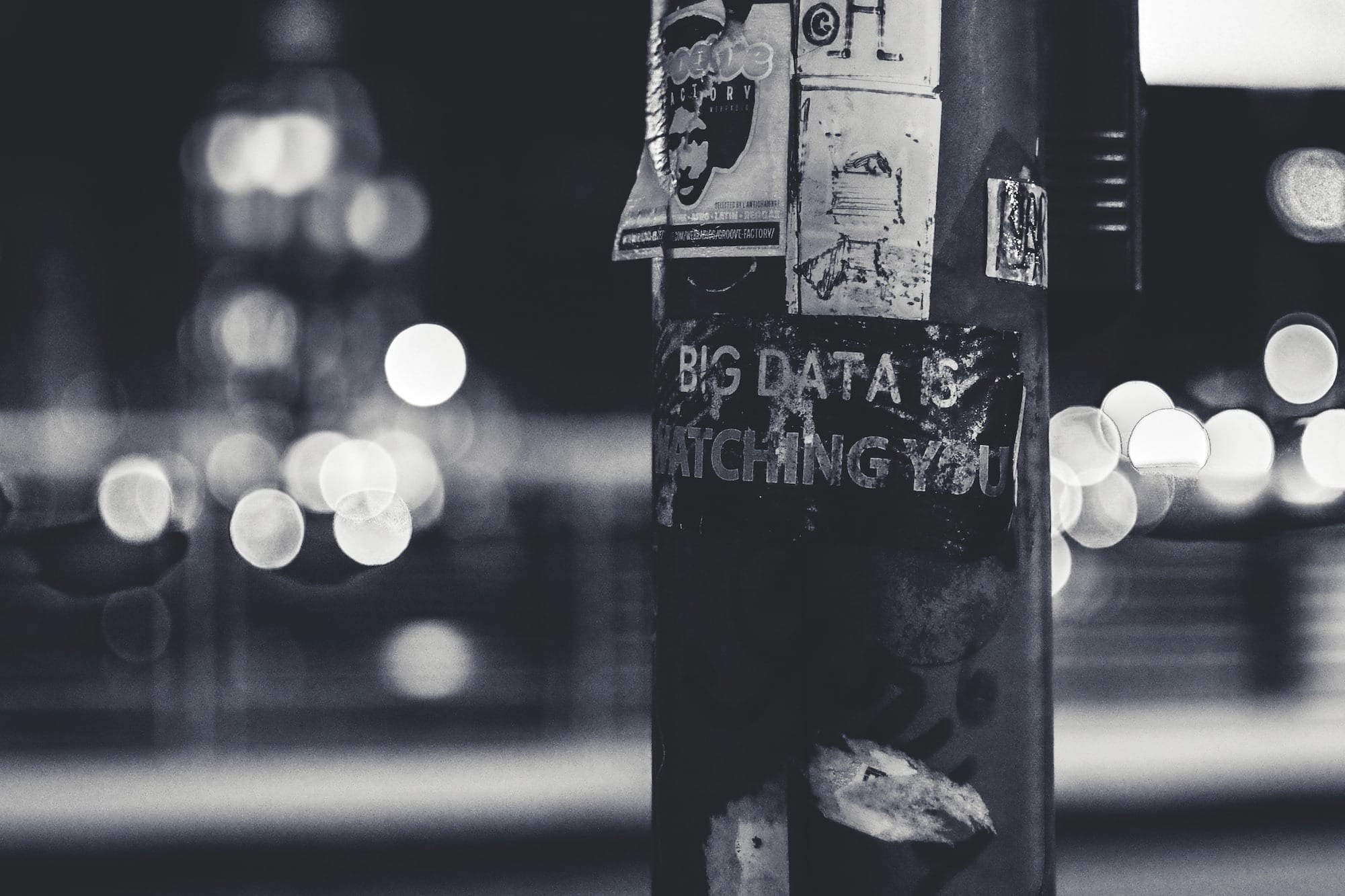
Social media platforms have a significant and complex role in our world, and they pose many opportunities and challenges, both for their users and for the societies they operate in. However, social media platforms are not always a force for good, and sometimes they can have negative and harmful consequences, especially when they are used to spread misinformation, disinformation, and malinformation, or to incite violence, hatred, and extremism. In this final section, I will explore some of the recent examples of how social media platforms have gone wrong, and what are the implications and lessons for the users, the creators, the platforms, and the governments.
One of the most prominent examples of how social media platforms have gone wrong is the COVID-19 pandemic, which has been declared as a global health emergency by the World Health Organization (WHO) since March 2020. The pandemic has not only caused a massive loss of lives and livelihoods, but also a massive spread of misinformation, disinformation, and malinformation, which the WHO has called an "infodemic". According to a study by the Reuters Institute for the Study of Journalism, 59% of the misinformation related to COVID-19 on social media platforms was false or misleading claims about the actions or policies of public authorities, such as governments or international organisations. Some of the common examples of such misinformation include conspiracy theories about the origin or the purpose of the virus, false or unproven claims about the prevention or the treatment of the disease, or misleading or inaccurate statistics or data about the infection or the death rates. Such misinformation can have serious consequences for the public health and the public trust, as it can undermine the efforts of the authorities to contain the spread of the virus, to provide accurate and reliable information and guidance, and to promote the adoption of effective and safe measures, such as social distancing, wearing masks, or getting vaccinated.
Another example of how social media platforms have gone wrong is the 2020 US presidential election, which was one of the most contentious and divisive elections in the history of the country. Social media platforms were widely used by both the candidates and their supporters, as well as by various domestic and foreign actors, to influence the public opinion and the voter behaviour, through various means, such as advertising, campaigning, mobilising, or manipulating. According to a report by the New York University Stern Center for Business and Human Rights, social media platforms were flooded with misinformation, disinformation, and malinformation, about various aspects of the election, such as the candidates, the policies, the issues, the process, or the outcome. Some of the common examples of such misinformation include false or misleading claims about the character or the competence of the candidates, the validity or the security of the mail-in ballots, the occurrence or the extent of the voter fraud, or the legitimacy or the accuracy of the vote counting or the result certification. Such misinformation can have serious consequences for the democracy and the stability, as it can erode the confidence and the participation of the voters, the credibility and the accountability of the candidates, and the integrity and the legitimacy of the electoral system.
A third example of how social media platforms have gone wrong is the Black Lives Matter (BLM) movement, which is a social movement that advocates for the end of systemic racism and police brutality against black people, especially in the US. The movement started in 2013, after the acquittal of George Zimmerman, who shot and killed Trayvon Martin, an unarmed black teenager, in Florida. The movement gained global attention and support in 2020, after the killing of George Floyd, an unarmed black man, by a white police officer, Derek Chauvin, in Minneapolis. Social media platforms were instrumental in spreading the awareness and the activism of the BLM movement, by allowing the users and the creators to share their experiences, opinions, emotions, and information, about the issues of racism and justice, and to organise and participate in various forms of online and offline protests, such as petitions, donations, marches, or boycotts. However, social media platforms were also a source of controversy and conflict, as they were used to spread misinformation, disinformation, and malinformation, about various aspects of the BLM movement, such as the goals, the methods, the leaders, or the supporters. Some of the common examples of such misinformation include false or misleading claims about the violence or the vandalism of the protesters, the funding or the affiliation of the movement, the involvement or the endorsement of the celebrities or the politicians, or the impact or the outcome of the movement. Such misinformation can have serious consequences for the social cohesion and the social justice, as it can fuel the hatred and the hostility of the opponents, the division and the polarisation of the society, and the distrust and the disillusionment of the allies.
A fourth example of how social media platforms have gone wrong is the Myanmar coup, which is a military coup that took place on 1 February 2021, when the armed forces of Myanmar seized power and detained the elected civilian leaders, such as Aung San Suu Kyi, the de facto leader and the state counsellor, and Win Myint, the president, as well as many other members of the ruling party, the National League for Democracy (NLD). The military claimed that the coup was justified by the alleged fraud and irregularities in the 2020 general election, which the NLD won by a landslide, and declared a state of emergency for one year. Social media platforms were widely used by the people of Myanmar, especially Facebook, which is the most popular and dominant platform in the country, to access and share information and news, to express and communicate their views and feelings, and to resist and protest against the coup, through various means, such as civil disobedience, strikes, rallies, or campaigns. However, social media platforms were also a target and a tool of the military, as they were blocked and restricted by the authorities, to prevent and suppress the communication and the mobilisation of the opposition, and to spread misinformation, disinformation, and malinformation, about various aspects of the coup, such as the legality or the necessity of the military intervention, the credibility or the reliability of the civilian government, the occurrence or the extent of the violence and the repression, or the support or the resistance of the international community. Such misinformation can have serious consequences for human rights and peace, as it can violate and endanger the freedom and the safety of the people, the democracy and the sovereignty of the country, and the stability and the security of the region.
Conclusion
In this article, I have explored the role of social media platforms in our world, by examining their impacts, challenges, opportunities, and future scenarios. I have also discussed some of the potential solutions and recommendations that might improve the governance and regulation of social media platforms, in order to maximize their benefits and minimize their risks.
I have argued that social media platforms have a significant and complex role in our world, as they affect our information, our communication, and our democracy. I have shown that social media platforms have both positive and negative impacts on our world, such as providing access to a vast and diverse amount of information, but also exposing users to a large and complex amount of misinformation, disinformation, and malinformation; enabling users to express themselves, share their opinions, and showcase their talents, but also influencing users’ opinions, behaviours, and decisions, through various mechanisms and techniques; facilitating social connection, interaction, and communication, but also generating social comparison, competition, and pressure, among users who seek validation, recognition, and popularity; stimulating social engagement, participation, and mobilization, but also amplifying social conflict, polarization, and extremism, among users who engage in heated debates, arguments, and attacks; balancing their commercial interests with their social responsibilities, but also lacking and imbalancing regulation and accountability, both within and across the platforms and the societies they operate in.
I have also shown that social media platforms offer many opportunities and benefits for our world, such as democratizing and diversifying information, by allowing users and creators to access, consume, and produce information, that is more accessible, inclusive, and representative, of a wider and more diverse range of users, creators, and perspectives; innovating and transforming communication, by allowing users and creators to communicate and share information, in more immersive, interactive, expressive, and personal ways, and with more and different people, for more and different reasons; enhancing the quality and value of information, by allowing users and creators to access and leverage different sources and resources of information, and to engage and collaborate with each other, through features such as feedback, comments, ratings, reviews, and endorsements; empowering the voice and agency of users and creators, by allowing them to express and communicate their opinions, experiences, and emotions, and to showcase and share their talents, skills, and creativity, as well as their influence and impact; fostering the diversity and inclusion of users and creators, by allowing them to represent and reflect their backgrounds, cultures, identities, ideologies, and affiliations, and by respecting and celebrating their differences and similarities, as well as their dialogue and deliberation.
Finally, I have shown that social media platforms face many possible scenarios and trends that might shape their future, such as converging and integrating information, communication, and technology, by combining and connecting different types of content, formats, genres, and styles, as well as different platforms, devices, and networks, into a more seamless and unified experience, for users and creators; participating and empowering users and creators, by involving and engaging them more actively and effectively in the production and consumption of information, as well as in the governance and regulation of the platforms; facing new and emerging challenges and risks, such as ethical, legal, and social dilemmas, that might arise from the development and adoption of new and advanced technologies, such as artificial intelligence, machine learning, natural language processing, and computer vision, that might enhance the functionality and performance of the platforms, but also create new and different types of threats and attacks, such as hacking, phishing, or spoofing.
In order to address these challenges and risks, and to harness these opportunities and benefits, social media platforms need to improve their governance and regulation, both internally and externally, by adopting and implementing various solutions and recommendations, such as developing and applying more effective and efficient mechanisms and tools, to prevent and combat misinformation, disinformation, and malinformation, such as verification, fact-checking, moderation, and reporting, as well as to educate and inform users and creators, about the quality and reliability of the information, and the sources and providers of the information; balancing and protecting the rights and interests of the users and the public, such as freedom of expression, access to information, privacy, and security, as well as to prevent and address the harms and abuses that might arise from the misuse or abuse of information, such as hate speech, incitement, or harassment, by applying and enforcing laws, policies, standards, codes, audits, reviews, and sanctions, at different levels, such as self-regulation, co-regulation, or state regulation; fostering and enhancing the cooperation and coordination among the stakeholders and the sectors, such as users, creators, platforms, governments, and civil society, by facilitating and supporting the dialogue and deliberation among the different perspectives and viewpoints, and by creating and maintaining a healthy and inclusive online environment, where diverse voices and viewpoints can coexist and thrive.
Social media platforms are not only online services, but also social phenomena, that have a significant and complex role in our world. They have the power and responsibility to shape our information, our communication, and our democracy. They also have the potential and opportunity to improve our knowledge, our relationships, and our societies. Therefore, it is important and necessary for us, as users, creators, and citizens, to understand and engage with social media platforms, in a critical and constructive way, and to contribute and participate in their governance and regulation, in order to make them more beneficial and less risky, for ourselves and the world we inhabit.
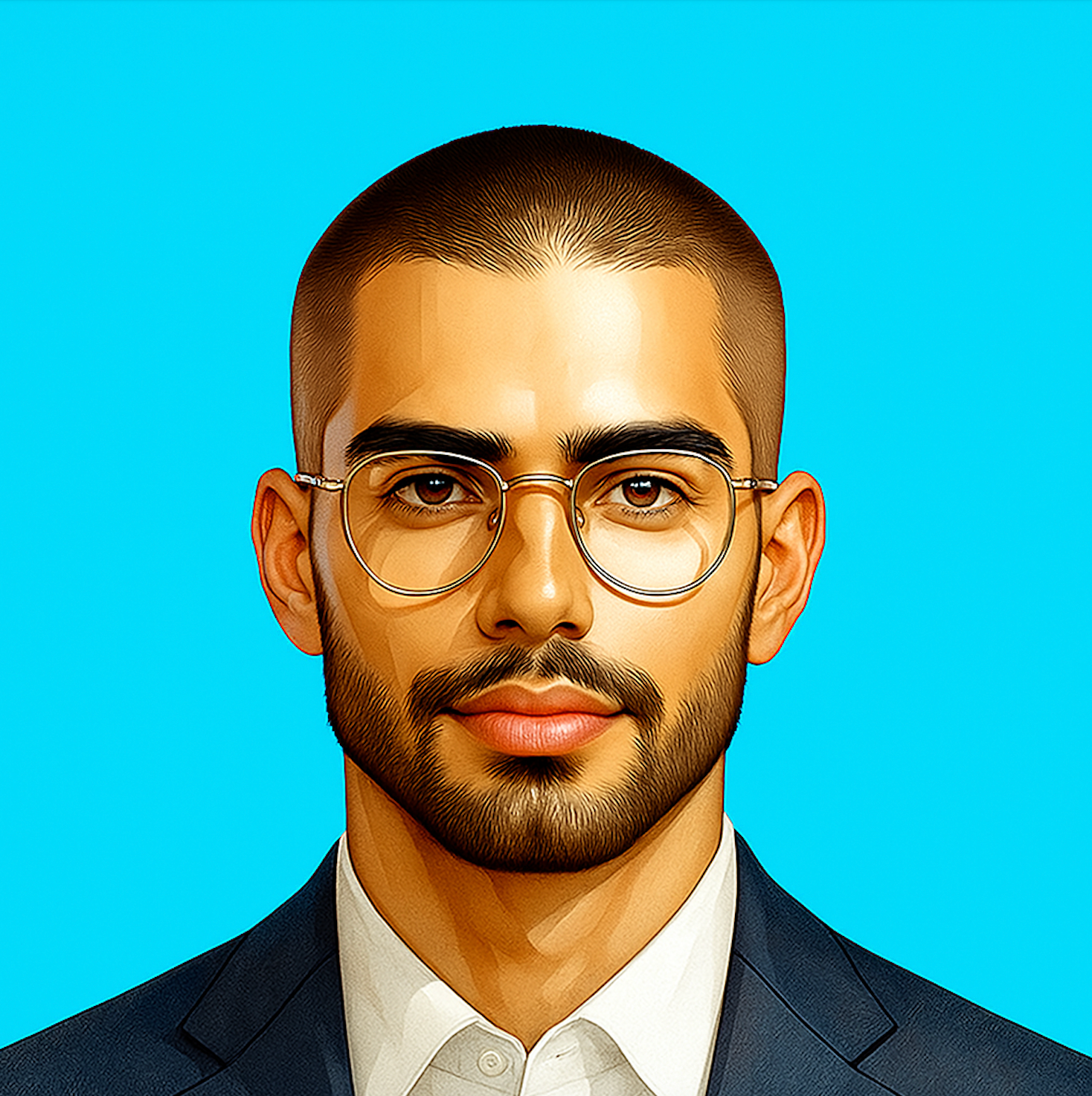




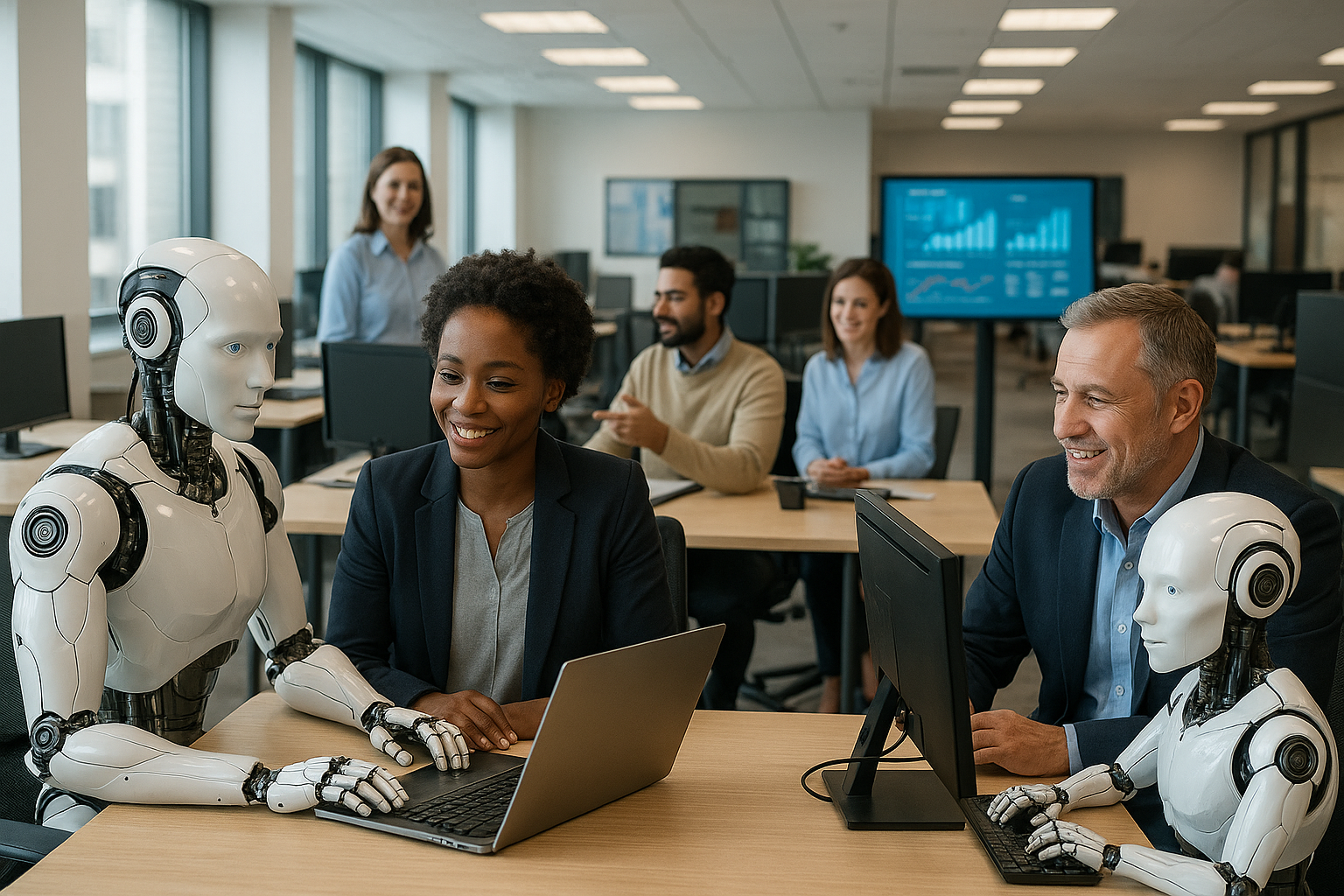
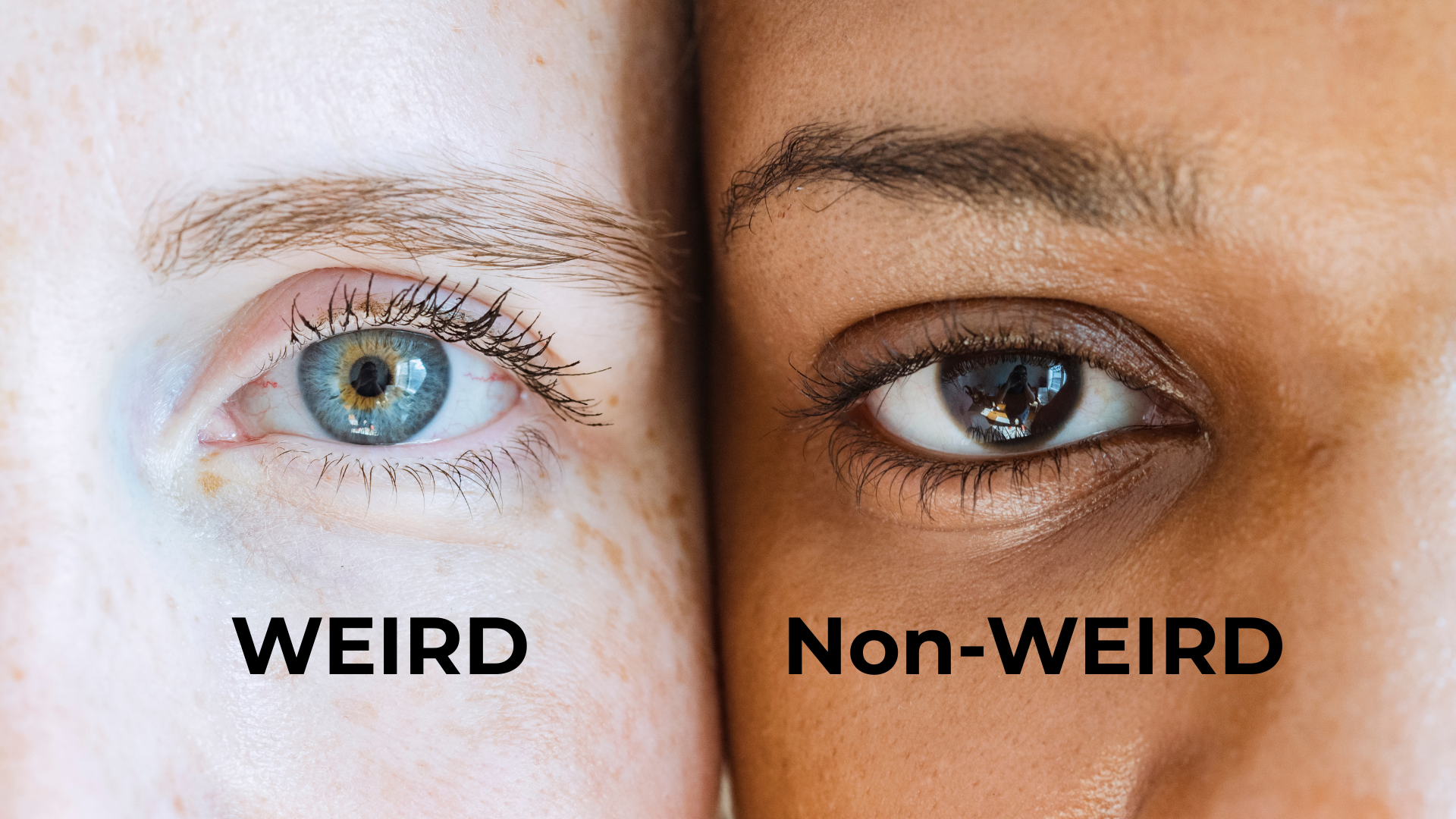





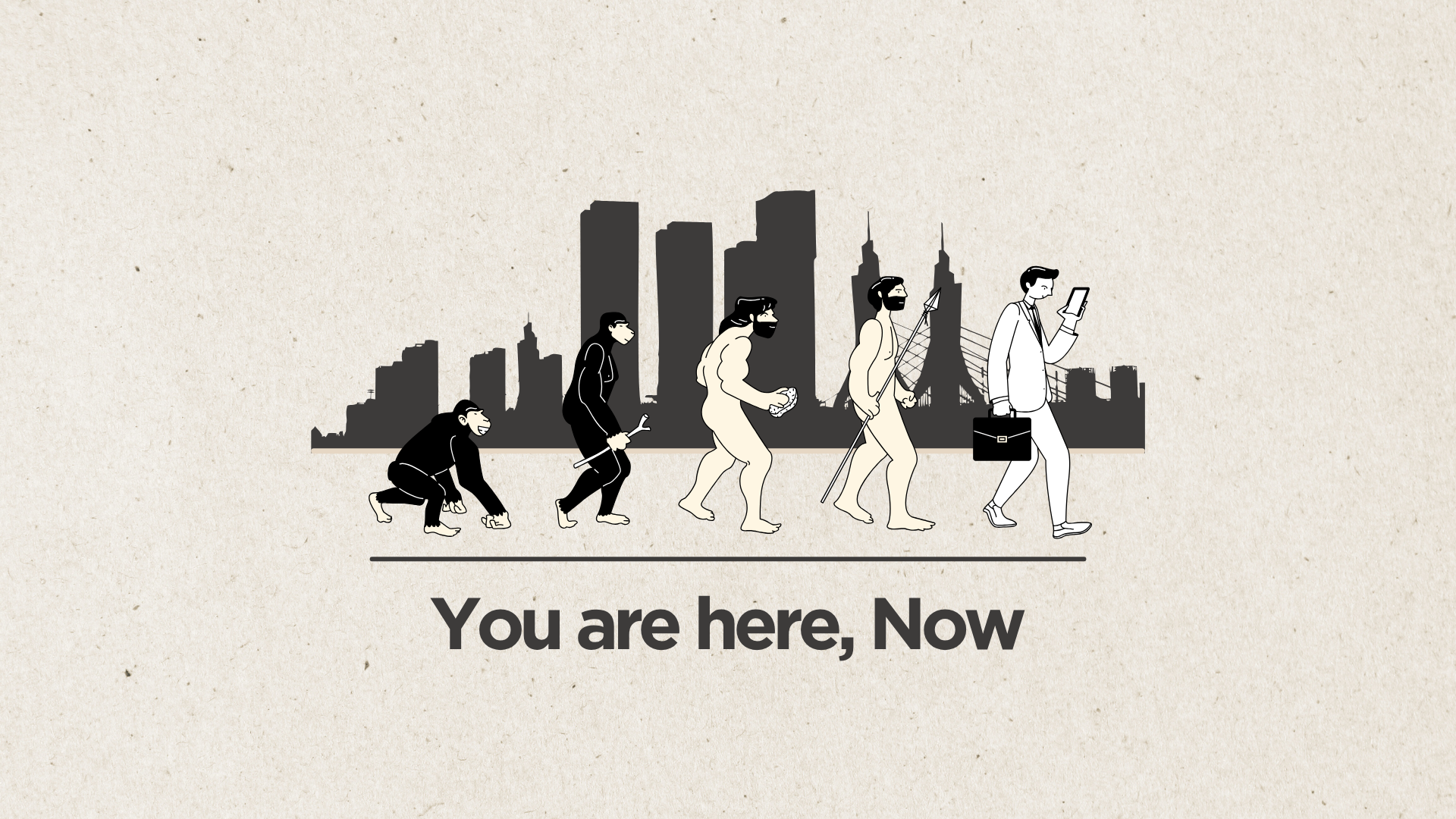
Discussion